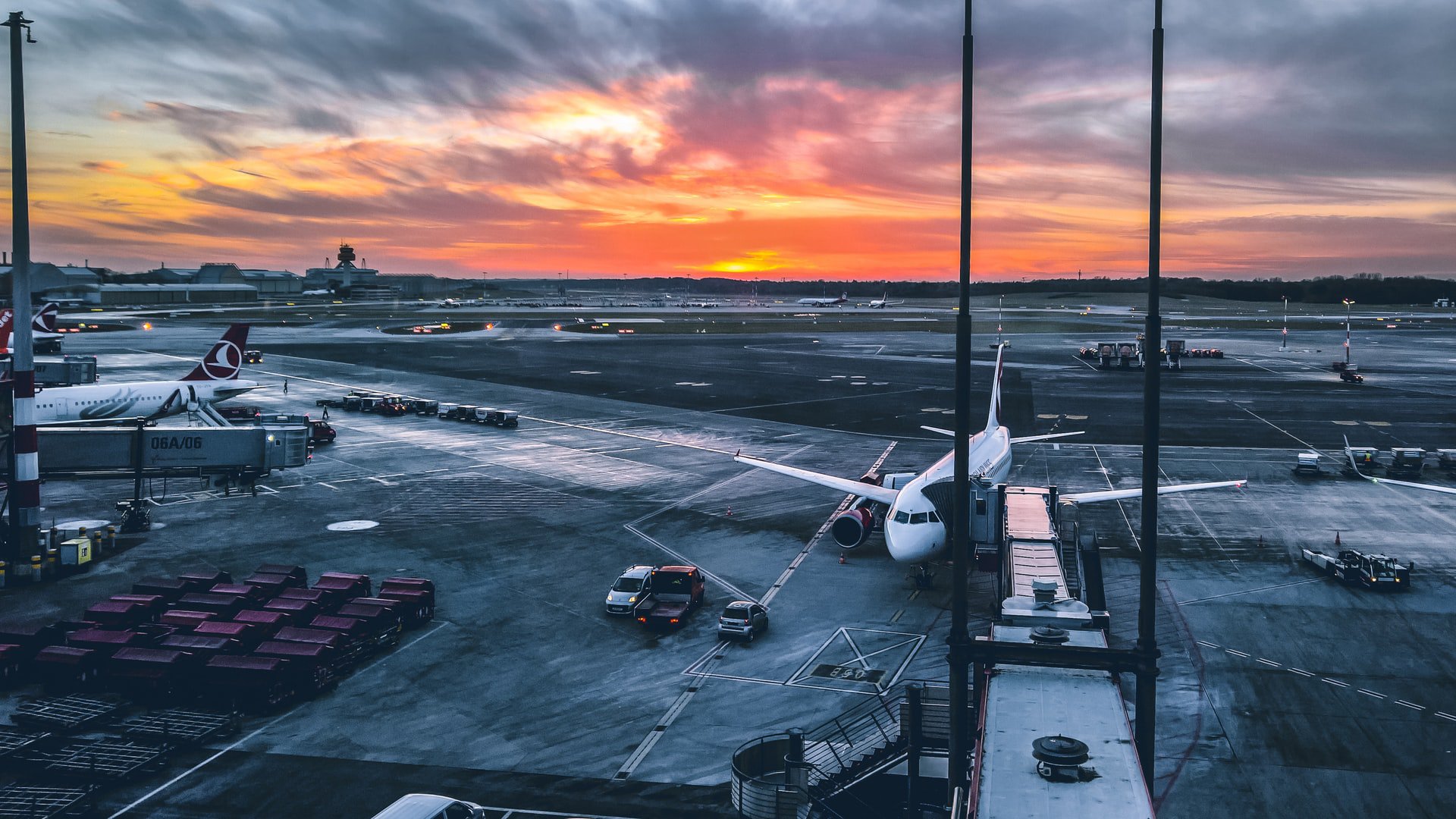Context
Cargo received by logistic companies must be checked at arrival. This includes checking the correctness of quantity, volume, product type and labels, the functionality of the barcodes and if the cargo is damaged. This process requires a lot of time and personnel resources. Amazon, for example, uses an automated system, that helps to complete the receipt and unloading of shipments in about 30 minutes compared to hours without using such a system.

Challenges
An automated system for cargo inspection requires the automated processing of image and video data, which can be done by implementing a machine learning (ML) computer vision model. ML models are capable of detecting objects, e.g. barcode labels, and classifying them into predefined categories.
However, all required information has to be visible by the camera and detected in sufficient resolution and clarity. This can be handled by standaridzing the image capture process to guarantee a minimum quality of the images to be processed. Moreover, in fast paced logistics processes, in case of exceptions and inaccurate data capture, humans have to be able to interfere and complement the missing information.

Potential solution approaches
To train a model for the automated visual inspection of cargo, a labeled data set is needed, where the different labeled features allow a classification. Since the model is able to detect objects and their spatial dimensions, the quantity and volume can be computed.
Detecting and classifying objects in images, requires a ML model for image segmentation and classification. Here, commonly convolutional neural networks, such as U-Net or Mask R-CNN algorithms, are used. Using such models, the automated inspection system can divide the cargo into its different elements and is able to detect irregularities, e.g. damaged packaging or barcode label.
To handle the many exceptions the system might need to handle, a procedure shall be established to feed the algorithm with additional training data on misclassified items. This increases the accuracy over time and can adapt to changes in distribution of the data set. Additionally, the data from automated visual inspection can be analyzed in real time and give managers a valuable tool to gain understanding into reasons for cargo damages (e.g. by contractor, cargo type, etc.).



 Transportation & Logistics
Transportation & Logistics


